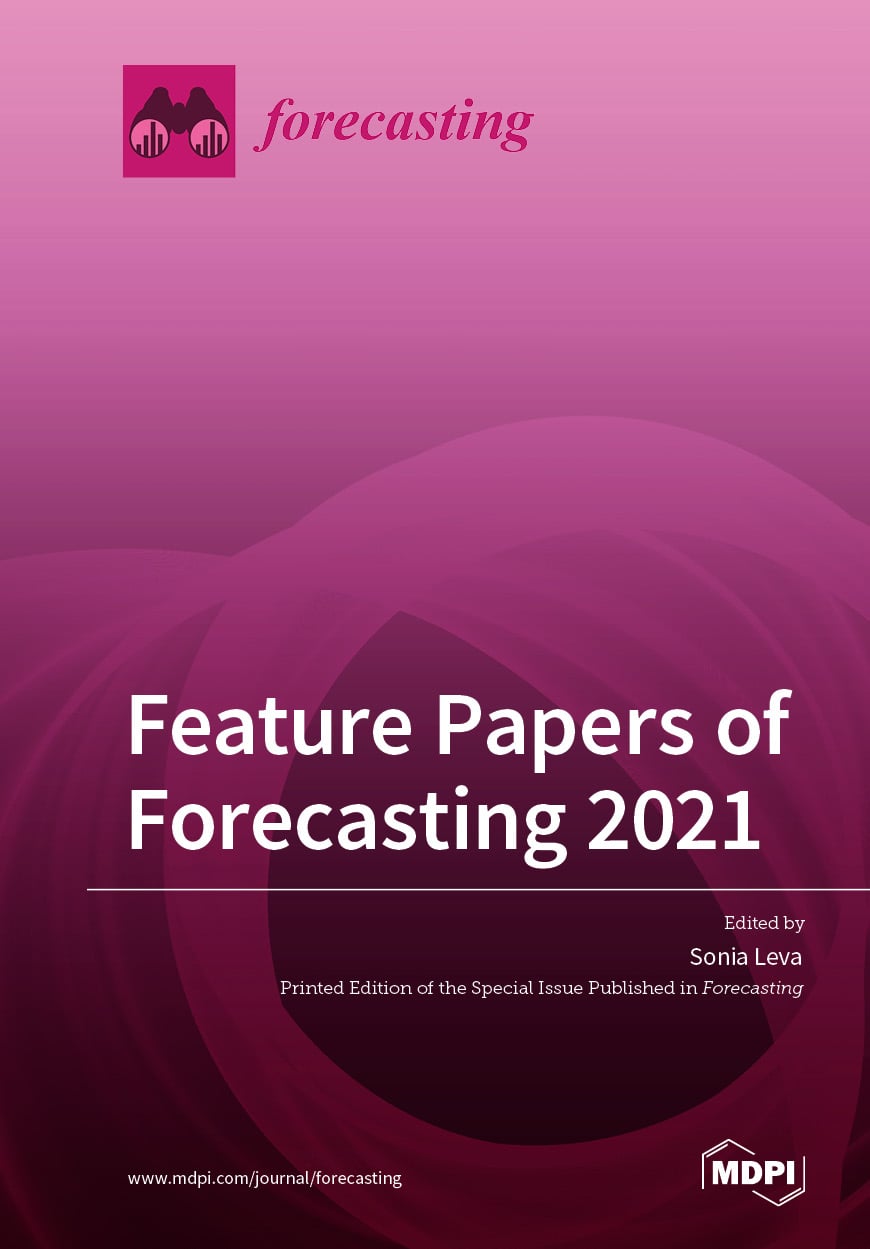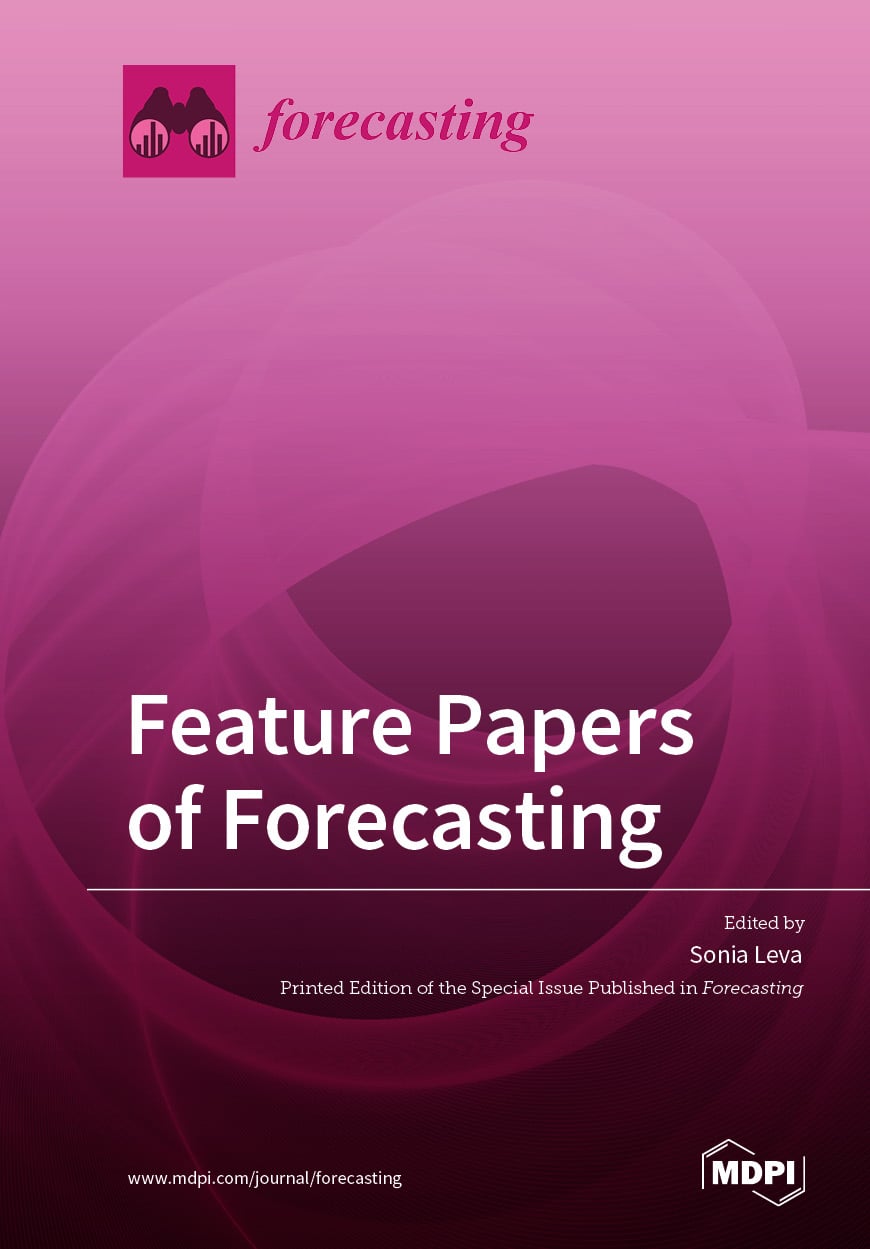- 3.2Impact Factor
- 7.1CiteScore
- 23 daysTime to First Decision
Forecasting
Forecasting is an international, peer-reviewed, open access journal on all aspects of forecasting published quarterly online by MDPI.
Quartile Ranking JCR - Q1 (Multidisciplinary Sciences)



